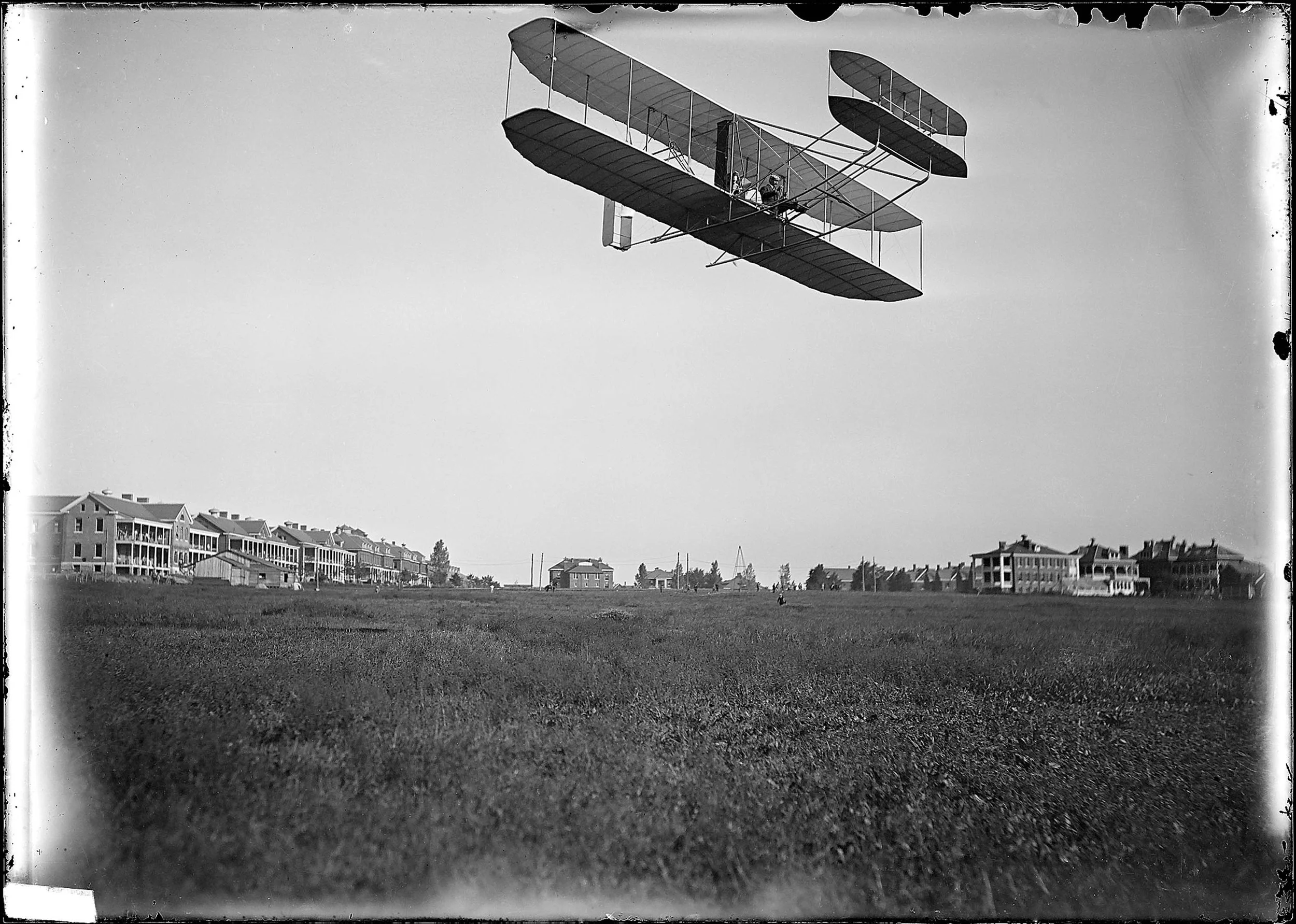Life Story Links: June 8, 2021
“People are story”
—Faith Gibson
1917 photograph of lifeguards on the beach in Long Beach, New Jersey, by M. Highsmith, part of her America Project; courtesy of the Carol M. Highsmith Archive, Library of Congress, Prints and Photographs Division.
Treasures from the Past
A CHRONICLE OF HISTORY
Until Anneliese M. Bruner was given a small book bound in red cloth that had been written by her grandmother in 1921, she never knew anyone in her family had been witness to the Tulsa race massacre. “There was no indication that this event had ever happened within my very own family,” she says.
FOUND: FAMILY PHOTO LEGACY
“Hopefully, by reclaiming my mom’s visual heritage, I’ve led the way to healing a bit of her past trauma,” writes Zoe Morrison, a digital archivist based in Florida who tracked down her mother’s family photos decades after they were lost.
The Nature of Memory
“GISTIFICATION”
“New research suggests that much like analog-era photos get washed out and lose perceptual details over time, vivid memories lose their feature-specific clarity through a process of ‘semantization’ or repeated remembering that only focuses on a memory's core elements.”
ON RETRIEVING MEMORIES
“Memory has sights and sounds and smells and emotions associated with it. Can we find those elements and say this is what the totality of one particular memory physically looks like?” Experiments over the years that have shed light on how our brains recover past experiences.
THE SCIENCE OF MEMORY
Neuroscientist Lisa Genova, author of the new book Remember, joins Kate and Oliver Hudson on their podcast to discuss what you need to create memories and why we remember only certain things.
Memoir & More
WRITING HER MOTHER
In Pure Flame: A Legacy, “Michelle Orange skirts the traps of the mother-daughter memoir by going beyond personal history. She interleaves memories of her mother and maternal grandmother with discussions of writing” by famous women, revealing differing views on feminism and motherhood.
WASHED ASHORE
“Each of us has a story, a need for connection, and a sense of whimsy. It’s a deeply human thing to share our thoughts, roll them up, and tuck them neatly inside a bottle…”
‘A RESPONSIBILITY TO REMEMBER’
Unsinkable tells the story of two brothers whose paths crossed on a ship, the USS Plunkett, in WWII. It builds upon a story that one brother told his family repeatedly over the years; and is fleshed out by a nephew who went digging into archives and interviewed shipmates to satisfy his curiosity—and tell a bigger story.
AN ARRAY OF VOICES
“I thought it was such a beautiful thing to have this literal chorus of voices speaking the truth of the African American experience.” The epic audiobook Four Hundred Souls gives voice to a community history of African Americans.
THE INEXHAUSTIBLE STORY OF YOU
“You are writing to bridge yourself to yourself, you’re writing to bridge yourself to family, and you are writing so that who you are in the moment that you are writing will always be there with you.” Beth Kephart in conversation with Alisha Crossley on the art of memoir:
TRUTH BE TOLD
“Some of these books were written by journalists, and a number were penned by writers who wedded research or oral histories to memoir.” Daisy Hernández investigates the intersection between journalism and memoir.
“THE ME YOU CAN’T SEE”
“Just sitting down and listening to somebody, there’s joy in that.” This new docuseries (preview above)—with storytelling at its core—aims to explore varied individuals’ experiences and shine a light on, simply, why we feel the way we do. As all personal historians know and preach, understanding comes from shared experience.
...and a Few More Links
An exploration: What’s worth recording, worth remembering?
The Creative Family Historian offers up ideas for using stock photos in family history books.
The pandemic is “a test case for the making of global memory in the new media ecology.”










